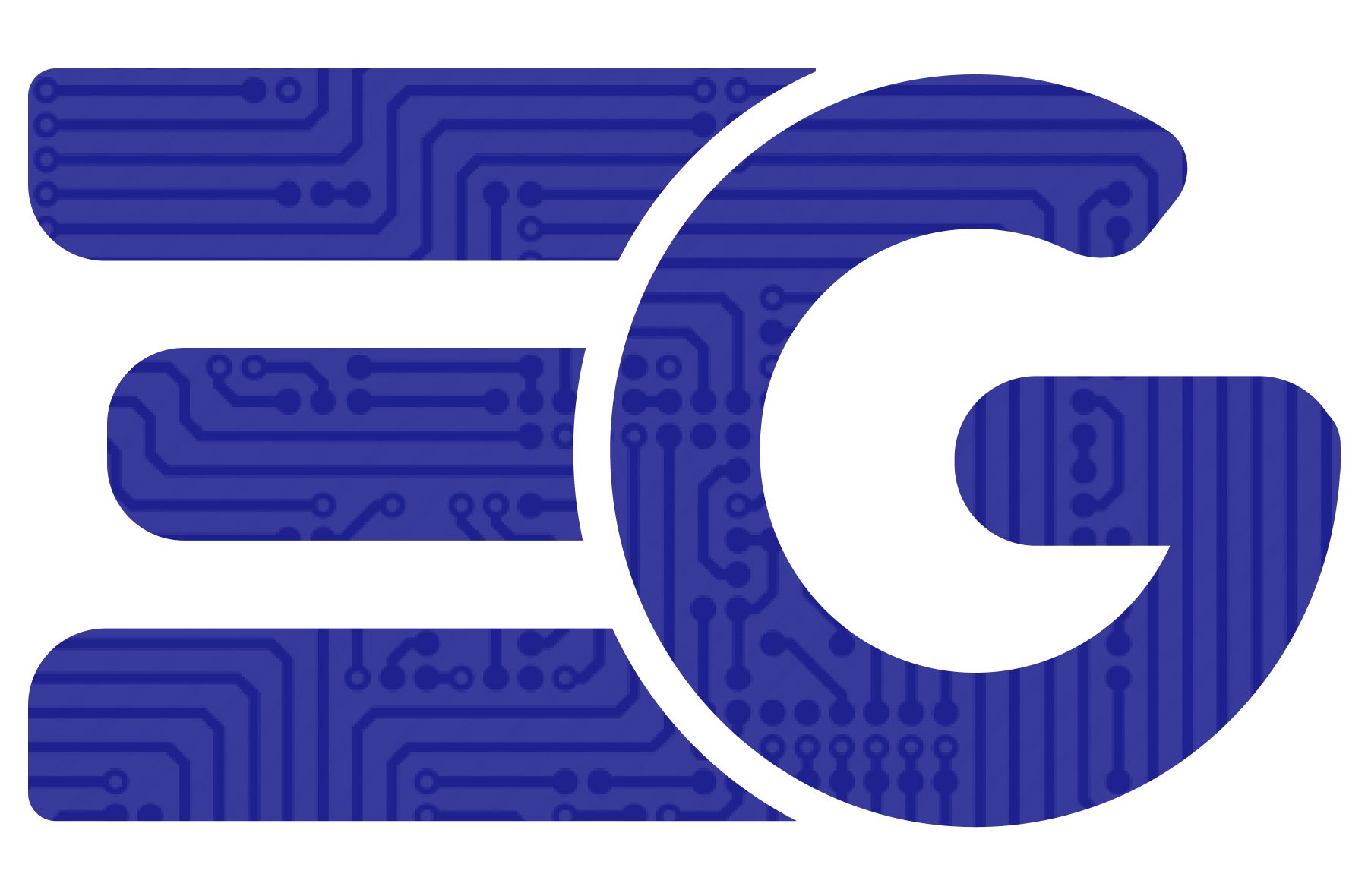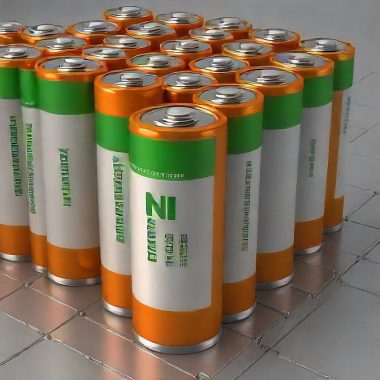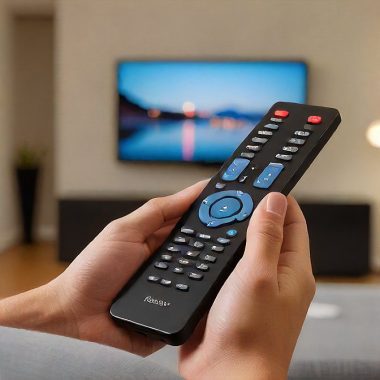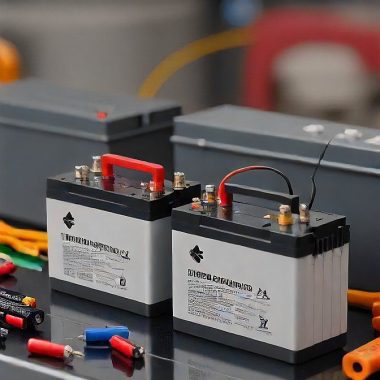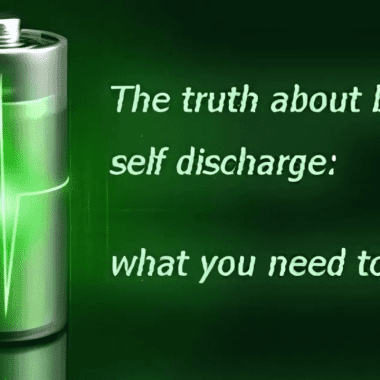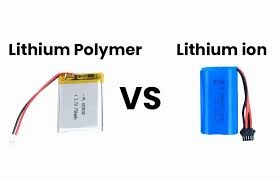In today’s tech-driven world, the battle between Lithium-Ion (Li-Ion) and Lithium Polymer (Li-Po) batteries is more relevant than ever. Choosing the right power source for our devices is crucial for optimal performance and longevity. Let’s dive into the intricacies of these two popular battery types and unravel the power source dilemma.
What is Lithium-Ion Battery?
Lithium-Ion (Li-Ion) batteries are among the most widely used rechargeable battery technologies, powering a diverse range of portable electronic devices. The core chemistry involves a positive electrode composed of lithium cobalt oxide and a negative electrode made of graphite. The electrolyte, typically a lithium salt dissolved in a solvent, facilitates the movement of lithium ions during charging and discharging cycles.

A notable feature of Lithium-Ion batteries is their high energy density, allowing them to store a substantial amount of energy in a compact and lightweight form. This characteristic makes them well-suited for applications where space and weight considerations are critical, such as smartphones, laptops, and digital cameras.
Despite offering extended cycle life, efficient charging, and generally safe operation with built-in safety features, Lithium-Ion batteries are sensitive to extreme temperatures. Both high and low temperatures can impact their performance and overall lifespan. Nevertheless, with proper care and adherence to recommended charging practices, Lithium-Ion batteries remain a reliable and versatile choice for powering a wide range of electronic devices.
What is Lithium Polymer Battery?
Lithium Polymer (Li-Po) batteries represent a departure in rechargeable battery design compared to their Lithium-Ion counterparts. The distinctive feature of Li-Po batteries is the use of a gel-like electrolyte rather than a liquid. This unique composition allows for greater flexibility in shaping the battery, making Li-Po batteries the preferred choice for applications with specific form factor requirements.

The positive and negative electrodes in Lithium Polymer batteries are similar to those in Lithium-Ion batteries, but the gel-like structure sets them apart. This structure not only enables higher energy density but also makes Li-Po batteries exceptionally lightweight. Their inherent flexibility and lightweight nature make them an ideal choice for slim and portable devices, including smartwatches, drones, and various wearable technologies.
While Lithium Polymer batteries offer advantages in terms of energy density, size, and weight, they do come with certain considerations. Li-Po batteries typically have a shorter cycle life compared to Lithium-Ion batteries, and users need to handle them with care due to a propensity for swelling or puffing. However, with proper precautions and adherence to guidelines, Lithium Polymer batteries provide a powerful and adaptable energy solution for specific electronic applications.
Comparison between Lithium-Ion and Lithium-Polymer Batteries
| Aspect | Lithium-Ion Battery | Lithium Polymer Battery |
|---|---|---|
| Chemical Composition | Lithium cobalt oxide, graphite | Gel-like electrolyte, similar electrodes |
| Energy Density | High | Very high |
| Size and Weight | Compact, moderate weight | Flexible, lightweight |
| Voltage Output | Higher | Slightly lower |
| Cycle Life | Extended | Shorter, but satisfactory |
| Charging Time | Reasonable | Fast |
| Safety Concerns | Generally safe with precautions | More prone to swelling, handle with care |
| Temperature Sensitivity | Sensitive to extreme temperatures | Better resilience in varied temperatures |
Chemical Composition
Lithium-Ion batteries consist of lithium cobalt oxide as the positive electrode and graphite as the negative electrode. In contrast, Lithium Polymer batteries utilize a gel-like electrolyte, allowing for flexibility in shape and size. The difference in chemical composition contributes to distinct characteristics in performance.
Energy Density
In terms of energy density, Li-Po batteries take the lead. Their gel-like structure enables a higher energy density compared to the more rigid structure of Li-Ion batteries. This results in Li-Po batteries being more lightweight and compact, making them ideal for portable devices without compromising power.
Size and Weight
Li-Po batteries, being inherently flexible, can be manufactured in various shapes, adapting to the form factor of the device. This flexibility makes them lighter and more suitable for slim and lightweight gadgets. In contrast, Li-Ion batteries, with a more rigid structure, may limit design possibilities and add weight to the device.
Voltage Output
Li-Ion batteries generally have a higher voltage output compared to Li-Po batteries. This can impact the compatibility of devices, especially those designed to operate optimally at higher voltage levels. It’s crucial for consumers to consider the voltage requirements of their devices when choosing between these battery types.
Cycle Life
The cycle life of a battery refers to the number of charge and discharge cycles it can undergo before its capacity significantly diminishes. Li-Ion batteries typically have a longer cycle life compared to Li-Po batteries. However, both can provide satisfactory longevity with proper care and usage habits.
Charging Time
In terms of charging time, Li-Po batteries boast faster charging capability. The gel-like electrolyte allows for quicker and more efficient charging cycles. This feature appeals to users who are always on the go and need their devices to be ready in a short amount of time.
Safety Concerns
Both Li-Ion and Li-Po batteries come with safety features, but it’s essential to be aware of potential concerns. Li-Po batteries are known for being more prone to swelling or puffing, which can be a safety hazard. Understanding and following recommended usage guidelines is crucial for mitigating risks.
Temperature Sensitivity
Temperature can significantly impact battery performance. Li-Ion batteries are generally more sensitive to extreme temperatures, affecting their efficiency and overall lifespan. Li-Po batteries, with their gel-like composition, show better resilience in varying temperature conditions.
Cost Comparison
In terms of affordability, Li-Ion batteries often have a lower manufacturing cost compared to Li-Po batteries. However, the pricing for end consumers may vary based on factors like brand, capacity, and additional features. Consideration of the overall cost is essential for budget-conscious consumers.
Popular Applications
Li-Ion batteries dominate the market for various electronic devices, including smartphones, laptops, and digital cameras. On the other hand, Li-Po batteries find their niche in slim and portable devices like smartwatches, drones, and wearable technology.
Environmental Impact
The environmental impact of batteries is a growing concern. Li-Ion batteries, containing heavy metals, pose challenges in disposal and recycling. Li-Po batteries, with a more eco-friendly composition, present a greener alternative, aligning with the global push for sustainable practices.
Future Developments
As technology advances, ongoing research in battery technology promises exciting developments. Innovations in both Li-Ion and Li-Po batteries aim to improve energy density, cycle life, and safety features. Stay tuned for potential breakthroughs that could reshape the landscape of portable power sources.
Choosing the Right Battery
Selecting the appropriate battery for your device requires careful consideration of factors like energy density, size, weight, and voltage output. Assessing your specific needs and the demands of your gadgets will guide you in making an informed decision between Li-Ion and Li-Po batteries.
Conclusion
In the grand showdown of Lithium-Ion vs Lithium Polymer batteries, there’s no one-size-fits-all answer. Each type has its strengths and weaknesses, catering to different applications and user preferences. Whether you prioritize energy density, charging speed, or environmental impact, understanding the nuances of these batteries empowers you to make a wise choice.
Frequently Asked Questions
It’s not recommended, as the voltage and charging characteristics may differ, affecting the device’s performance and safety.
The cycle life may be shorter, but with proper care, Li-Po batteries can provide satisfactory longevity.
Both have safety features, but Li-Po batteries are more prone to swelling, emphasizing the importance of proper usage.
While both support fast charging, it’s essential to use chargers recommended by the device manufacturer to prevent damage.
Ongoing research aims to bring advancements in energy storage, with potential breakthroughs in solid-state batteries and other innovative technologies.
